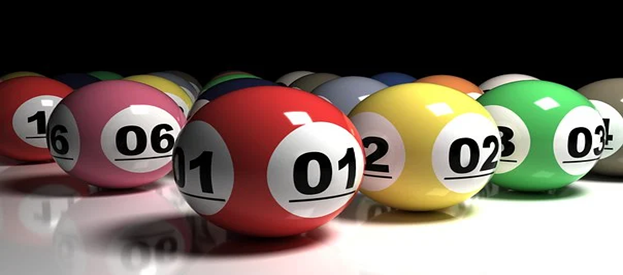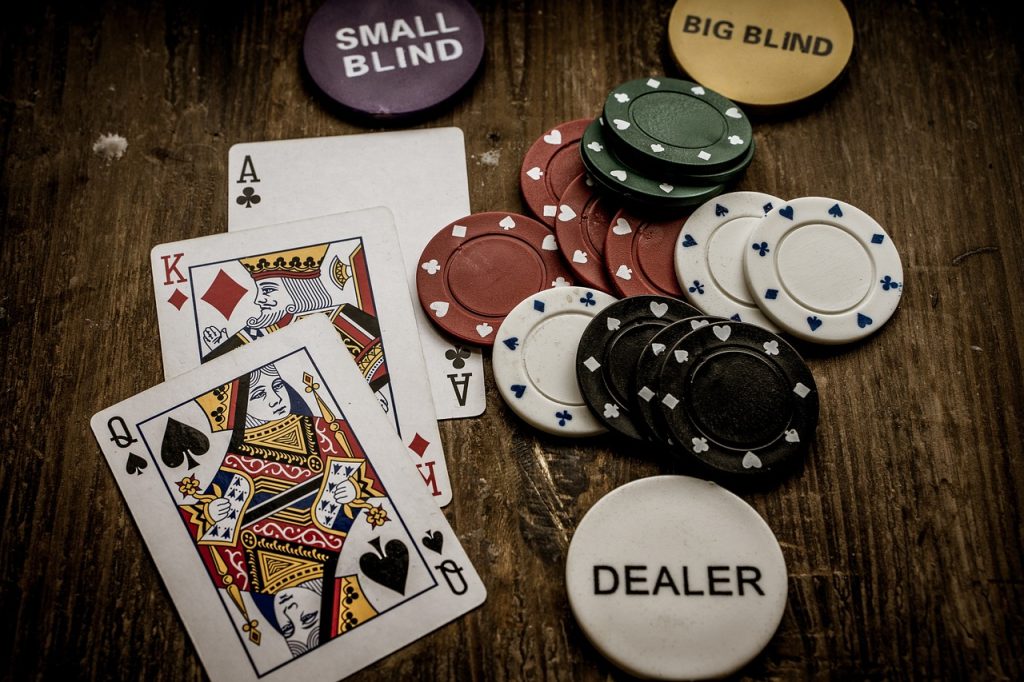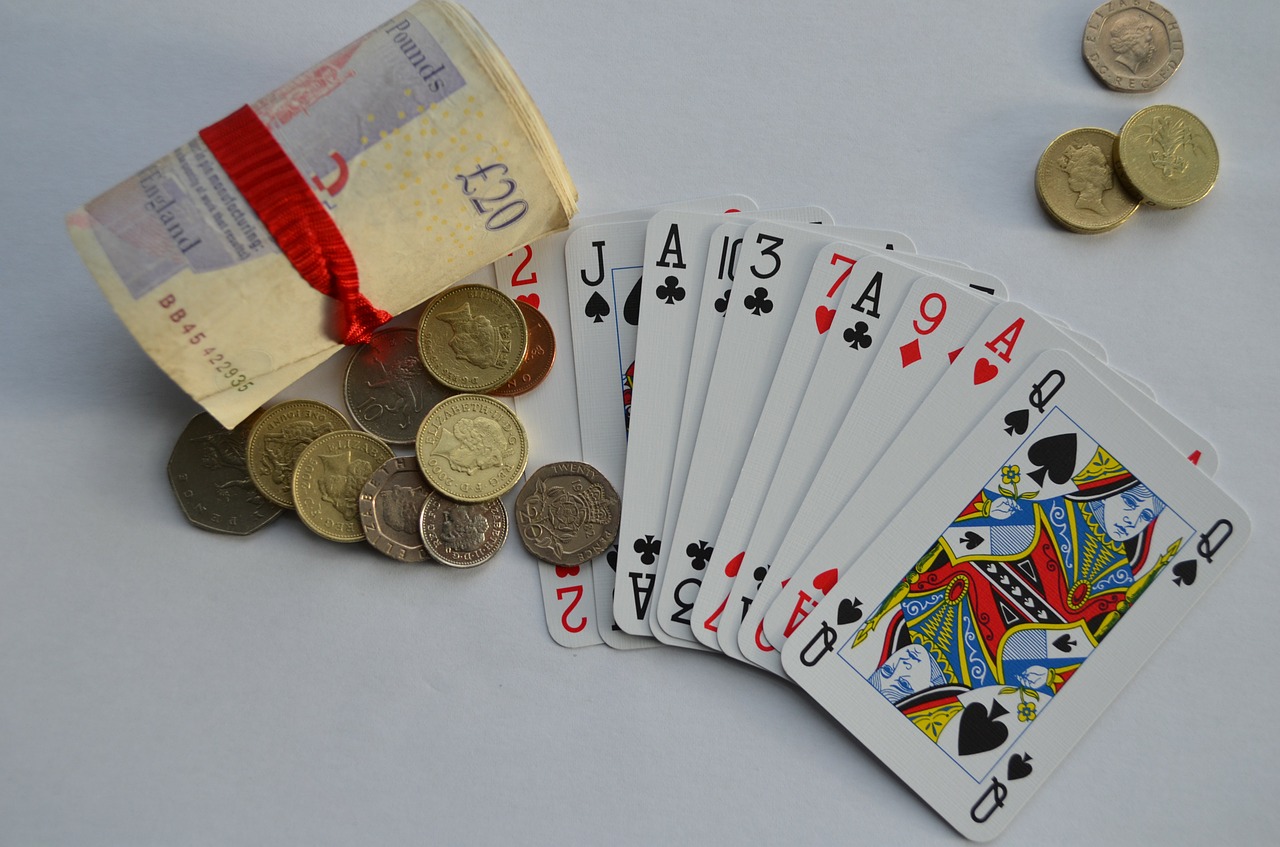Introduction
Poker, the quintessential card game of skill and strategy, has captured the hearts and minds of players worldwide. Whether you’re a complete novice or have a bit of experience under your belt, mastering the game can be a challenging yet rewarding journey. To set you on the path to success, this article provides a comprehensive guide for beginners, sharing valuable tips, strategies, and insights that will enhance your understanding of the game and give you a solid foundation to build upon. From understanding the basic rules of poker to developing a strong poker mindset, this article covers a wide range of essential topics to help you become a more confident and successful poker player. So, let’s dive into the top poker game tips and take your poker skills to the next level!
The Top Poker Game Tips for Beginners
1. Understanding the Basic Rules of Poker
1.1 The Objective of Poker
Let’s start with the basics: the objective of poker. In poker, the goal is simple – to win the pot, which is the collection of all the bets made by players during a hand. You can achieve this by either having the best hand at the showdown or by making everyone else fold their cards.
1.2 Different Poker Hand Rankings
Before diving into the action, it’s crucial to familiarize yourself with the poker hand rankings. From the highest to the lowest, the hand rankings go in this order: Royal Flush, Straight Flush, Four of a Kind, Full House, Flush, Straight, Three of a Kind, Two Pair, One Pair, and High Card. Knowing these rankings will help you determine the strength of your hand during gameplay.
1.3 Betting and Game Flow
Understanding the flow of the game is essential. In poker, players take turns clockwise around the table, making decisions based on the strength of their hand and the bets placed by others. The two main types of bets you’ll encounter are the “blind” bets, where players must bet without seeing their cards initially, and the regular betting rounds where players can choose to fold, call, or raise. Betting is a crucial aspect of the game, so make sure to pay close attention to how it works.
2. Essential Strategies for Beginner Poker Players
2.1 Playing Tight-Aggressive
One of the most effective strategies for beginners is playing tight-aggressive. This means being selective with your starting hands and playing them aggressively when you decide to enter a pot. By being tight and only playing strong hands, you minimize your risk of getting into unfavorable situations and increase your chances of winning.
2.2 Understanding Pot Odds and Expected Value
Pot odds and expected value are essential concepts to grasp. Pot odds help you determine if a call is profitable by comparing the size of the current bet to the potential payout. Expected value takes into account the probability of winning a hand and the potential payout. Understanding these concepts will help you make more informed decisions and improve your long-term profitability.
2.3 Avoiding Common Beginner Mistakes
It’s easy to fall into common pitfalls as a beginner. Two of the most common mistakes are playing too many hands and playing passively. Remember, it’s better to fold and wait for a strong hand than to play weak hands and lose chips. Also, avoid limping into pots without a strong hand, as this makes it easier for opponents to read your intentions and exploit your weaknesses.
3. Mastering the Art of Hand Selection
3.1 Starting Hands and Position
Choosing the right starting hands is crucial for success. Consider the strength of your cards, your position at the table, and the actions of other players before deciding to play a hand. Generally, it’s best to play strong hands from early position and loosen up as you move towards late position.
3.2 Early, Middle, and Late Position Strategies
Your position at the table plays a significant role in poker. Early position requires tighter play, as you have less information about the strength of your opponents’ hands. In late position, you have more flexibility and can play a wider range of hands. Middle position falls somewhere in between.
3.3 Adjusting Hand Range based on Table Dynamics
Table dynamics refer to the overall playing style and tendencies of your opponents. Understanding the table dynamics helps you adjust your hand range accordingly. If your opponents are playing aggressively, it might be wise to tighten up and wait for premium hands. On the other hand, if they are playing passively, you can capitalize by playing more hands and being more aggressive.
4. Effective Bankroll Management for Poker Beginners
4.1 Setting Realistic Bankroll Goals
As a beginner, it’s crucial to set realistic bankroll goals. Don’t expect to become a millionaire overnight. Start with a modest bankroll and gradually work your way up as you gain experience and improve your skills. Set achievable goals and treat poker as a long-term endeavor.
4.2 Properly Managing Buy-ins and Stakes
Proper bankroll management is essential to sustain your poker journey. As a rule of thumb, avoid playing with all your money on a single table or at a higher stake than you can comfortably afford. A general guideline is to have at least 20-30 buy-ins for your chosen stake to minimize the risk of going broke.
4.3 Avoiding Tilt and Emotional Bankroll Decisions
Tilt, the state of emotional frustration and recklessness, is a poker player’s worst enemy. It often leads to poor decision-making and unnecessary losses. Avoid playing when you’re emotionally charged or on a losing streak. Take breaks if needed, and always make rational decisions based on sound poker strategy rather than emotions.
Remember, poker is a game that requires practice, patience, and continuous improvement. By understanding the basic rules, applying essential strategies, mastering hand selection, and practicing effective bankroll management, you can set yourself up for success on the poker table. So, grab your cards, put on your poker face, and have fun along the way!acing Online Poker Platforms and Tools
8.2 Analyzing Hand Histories and Reviewing Gameplay
8.3 Studying Poker Strategies and Learning from the Pros
—
5. Importance of Position and Table Image in Poker
Ah, position and table image – the dynamic duo of poker success! They may not have capes, but trust me, they’re superpowers every beginner should harness.
5.1 Leveraging Positional Advantage
Picture this: You’re at a poker table, and suddenly you discover a hidden treasure chest called “position.” Sitting in a later position – like the dealer button – gives you a magical advantage. You get to act last, which means you get to see what all the other players do before making your move.
Why is this important? Well, when you act last, you have more information at your disposal. You can gauge how strong or weak your opponents’ hands are based on their bets, and you can adjust your own strategy accordingly. It’s like playing a video game on “easy mode” while everyone else is stuck on “hard.”
5.2 Understanding and Creating a Favorable Table Image
Imagine yourself as the star of a poker reality TV show. Your table image is your character – and you want it to be likable, believable, and, most importantly, exploitable.
Think about it: If your opponents perceive you as a reckless gunslinger, they may be more inclined to fold when you have strong cards. On the flip side, if they see you as a tight and cautious player, they might be more likely to call your bets, thinking you have a weaker hand.
So, how can you shape your table image? Well, it starts with consistency. If you consistently play a certain way – whether it’s aggressive or cautious – your opponents will start to notice. But don’t be afraid to mix it up occasionally. A little unpredictability can keep your opponents on their toes.
5.3 Exploiting Weaknesses of Opponents Based on Position
Remember that positional advantage we mentioned earlier? It’s not just for show – it’s a weapon you can wield against your opponents. When you know their weaknesses and where they sit in relation to you, you can strike with precision.
For example, if you notice that the player to your left always folds when faced with aggressive bets, you can exploit that by raising more frequently when they are in the blinds. Similarly, if you’re in a later position and the player to your right consistently overvalues their hands, you can use that knowledge to extract more chips from them.
Positional awareness combined with understanding your opponents can turn you into a poker ninja, silently striking when the time is right.
—
6. Learning the Art of Bluffing and Reading Opponents
Ah, bluffing – the poker equivalent of a magic trick. And reading your opponents? Well, that’s like having X-ray vision. Let’s dive into these essential skills.
6.1 When and How to Bluff in Poker
Bluffing is like pretending to be someone else at a costume party – it can be a lot of fun, but it also requires careful timing and execution. The goal is to make your opponents believe you have a stronger hand than you actually do, causing them to fold and hand over those precious chips.
But when should you bluff? Well, it’s all about picking the right moment. Bluffing works best when the board doesn’t offer many strong hands, and your opponents seem hesitant or vulnerable. Also, bluffing with a story can add some flair. For example, if you’ve been playing tight, suddenly making a big bet can make it seem like you’ve hit the jackpot.
Just remember, bluffing is an art, not a science. Don’t overdo it and give away your secret identity.
6.2 Reading and Analyzing Betting Patterns
Reading your opponents’ betting patterns is like deciphering their secret code. How much they bet, when they bet, and how quickly they bet can reveal valuable information about their hand strength.
For instance, if a normally conservative player suddenly starts betting aggressively, it could be a sign of confidence in their hand. Conversely, if a usually aggressive player starts hesitating or making smaller bets, they might be bluffing or trying to protect a weak hand.
Analyzing these betting patterns allows you to make more informed decisions, like folding when facing a strong bet or raising to put pressure on a player showing signs of weakness. It’s like having a cheat sheet, but shhh… don’t tell anyone.
6.3 Spotting and Exploiting Tells in Poker
Tells – those little signs that give away your opponents’ secrets. It’s like playing poker with a bunch of chatty toddlers who can’t help but spill the beans.
A tell can be as subtle as a twitch, a change in breathing pattern, or a nervous glance. When you spot a tell, it’s like having a superpower that lets you peek into your opponent’s soul (okay, maybe not that dramatic, but you get the idea).
Exploiting tells involves paying attention and looking for patterns. For example, if you notice that a certain player bites their lip every time they have a strong hand, you can use that information to make better decisions when facing their bets.
But remember, tells aren’t foolproof. Some players may intentionally fake tells or use them to deceive you. So, don’t rely on them alone – they’re just one piece of the puzzle.
—
7. Developing a Strong Poker Mindset and Emotional Control
Ah, the mental game of poker – it’s like walking a tightrope while juggling flaming torches. To succeed, you need a strong mindset and emotional control. Let’s dive into the psychology behind poker greatness.
7.1 Managing Variance and Dealing with Bad Beats
Poker is a rollercoaster ride of ups and downs, highs and lows. It’s like riding the emotional express train. You could be on a winning streak one moment and then get hit with a bad beat that sends you spiraling.
The key to handling these swings is managing variance – the natural fluctuations in luck that occur in the game. Accept that there will be moments when luck is not on your side, and focus on making the best decisions you can with the information you have.
When bad beats happen, take a deep breath, count to ten, and remind yourself that poker is a long-term game. It’s the ability to bounce back from setbacks that separates the champions from the whiners.
7.2 Patience, Discipline, and Bankroll Preservation
Patience is a virtue in poker – just ask any player who folded a mediocre hand and watched their opponents crash and burn. Don’t get caught up in the excitement and make impulsive decisions. Instead, be disciplined and wait for the right opportunities to strike.
Speaking of discipline, managing your bankroll is crucial. It’s like budgeting for a shopping spree – you don’t want to blow all yourIn conclusion, poker is a game that requires a combination of skill, strategy, and a deep understanding of its nuances. By implementing the tips and strategies outlined in this article, beginners can enhance their gameplay and improve their chances of success. Remember, becoming a proficient poker player takes time, practice, and dedication. So, continue to study, analyze your gameplay, and refine your skills. With perseverance and a solid foundation, you’ll gradually develop into a formidable player at the poker table. Best of luck on your poker journey!
Frequently Asked Questions (FAQ)
1. Is poker purely a game of luck, or does skill play a significant role?
The outcome of each individual hand in poker can be influenced by luck, as random card distribution plays a part. However, over the long run, skill plays a significant role in determining a player’s success. Skilled players consistently make better decisions, manage their bankroll effectively, and employ strategic techniques to outwit their opponents.
2. How important is bankroll management in poker?
Bankroll management is crucial in poker. It involves setting aside a specific amount of money solely for playing poker and ensuring that you only risk a small portion of your bankroll in each session or tournament. Proper bankroll management helps to minimize the risk of ruin and allows you to withstand the inevitable swings and variance of the game.
3. How can I improve my ability to read opponents and spot their tells?
Reading opponents and spotting tells can be developed over time through observation and experience. Look for patterns in their betting behavior, body language, and hand movements. Pay attention to their reactions and behaviors during different situations, as these can often reveal hidden information. Additionally, studying resources on poker psychology and tells can provide valuable insights into understanding opponents better.
4. Are there any resources or tools that can help me enhance my poker skills?
Absolutely! There are various resources available to help you improve your poker skills. Books written by renowned poker players, online tutorials, training sites, and poker software can all provide valuable insights, strategies, and opportunities to practice in simulated environments. Take advantage of these resources to augment your knowledge and hone your skills.






Facebook Comments